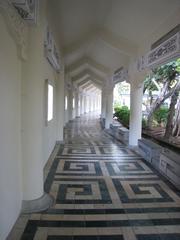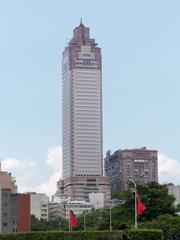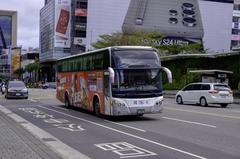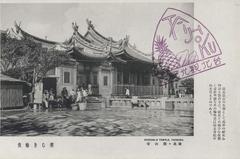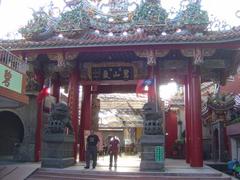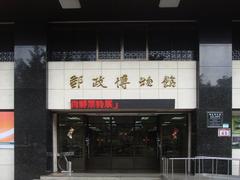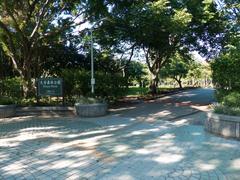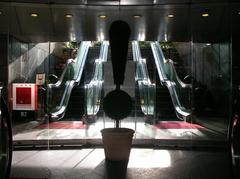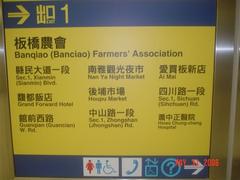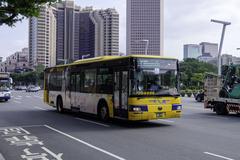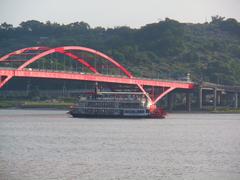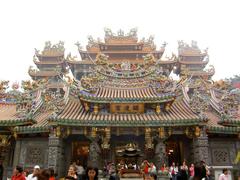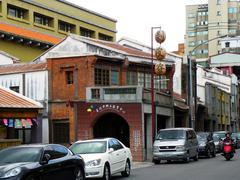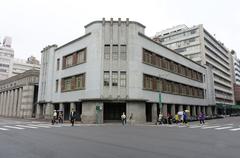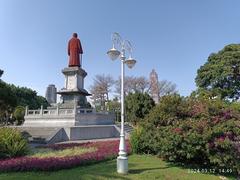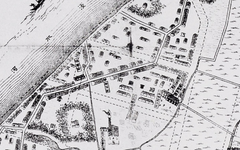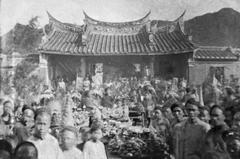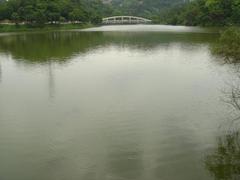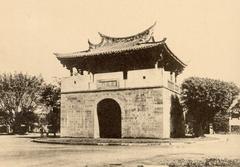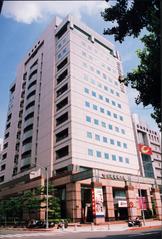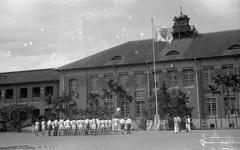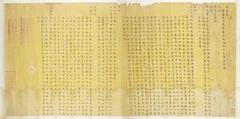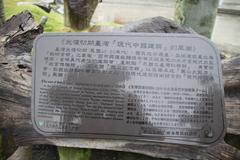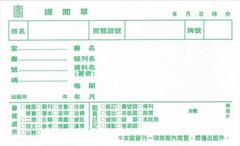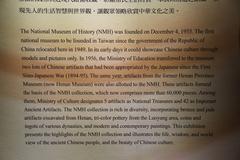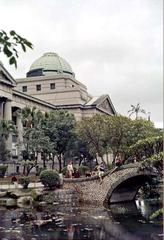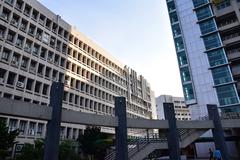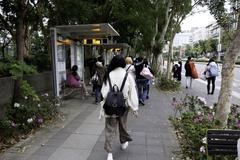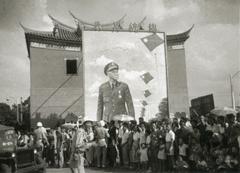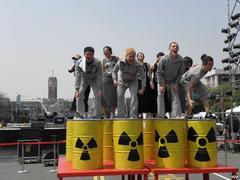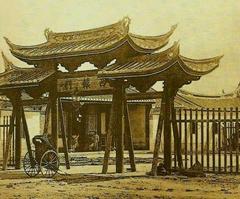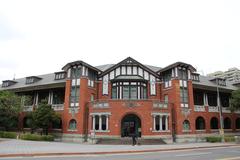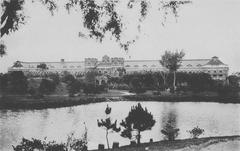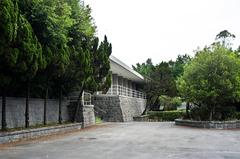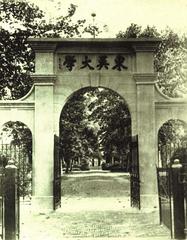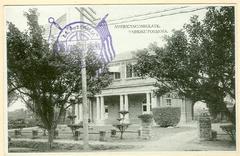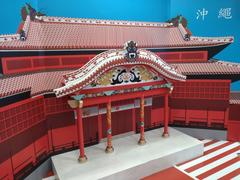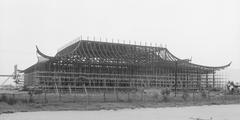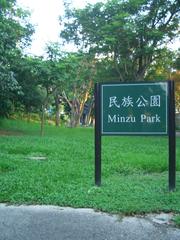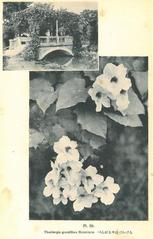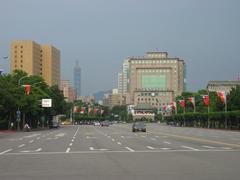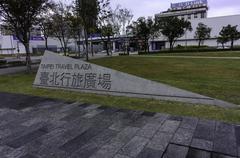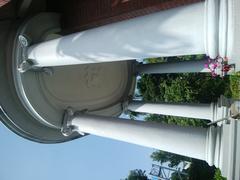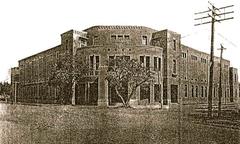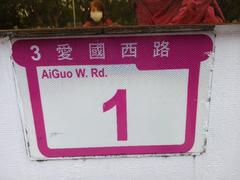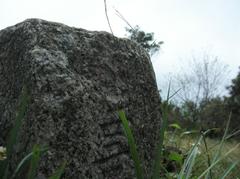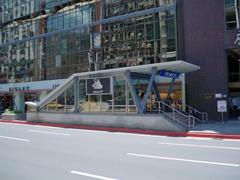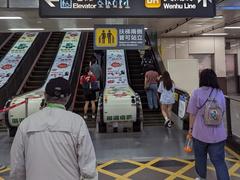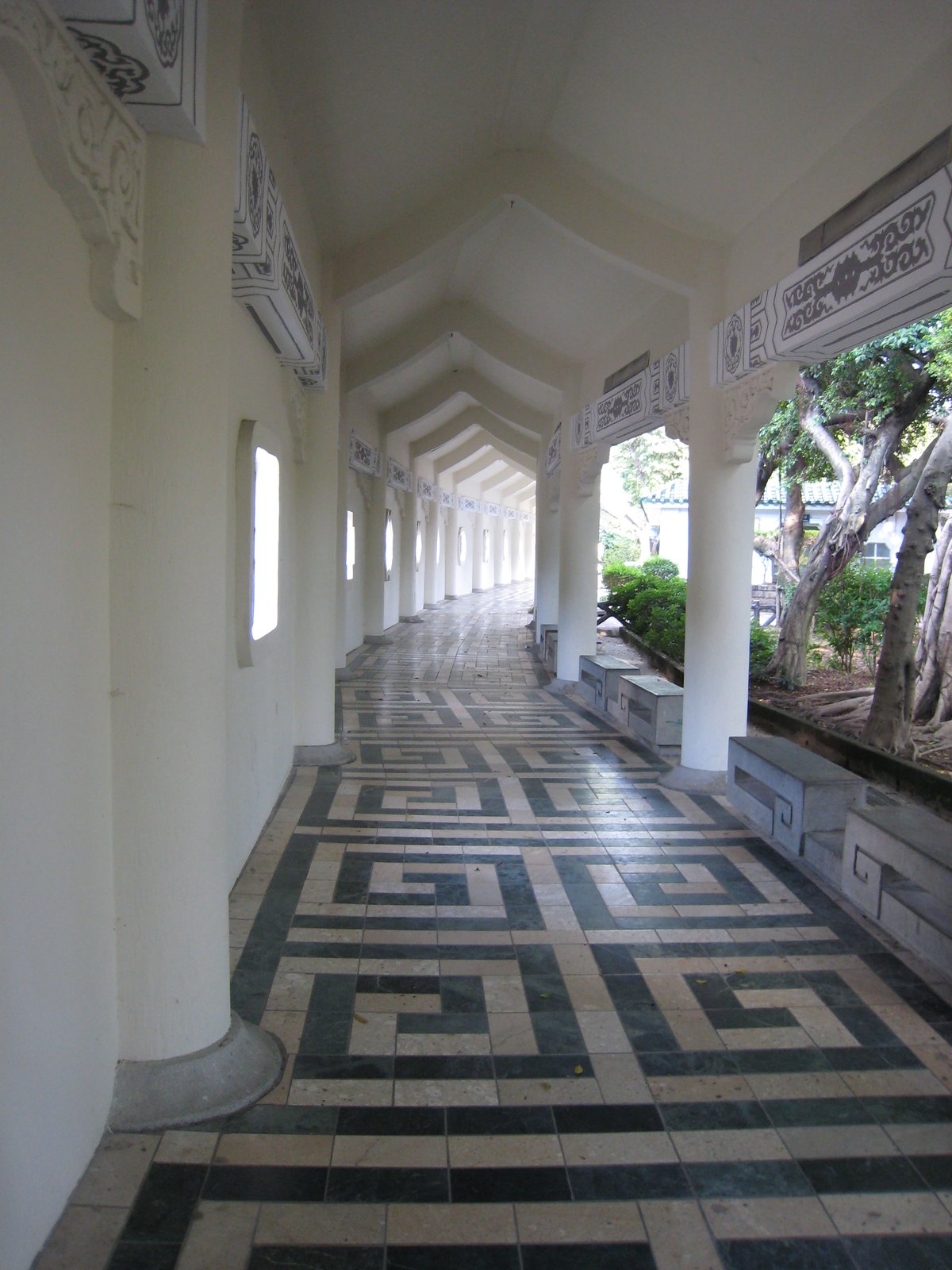
Comprehensive Guide to Visiting Democracy Boulevard, Taipei, Taiwan
Date: 16/07/2024
Introduction
Welcome to 民主大道 (Democracy Boulevard) in Taipei, Taiwan, a thoroughfare steeped in history and cultural significance. Located in the Zhongzheng District, this boulevard has witnessed key moments in Taiwan’s political evolution, from the Japanese colonial period to the lifting of martial law in 1987 and the first direct presidential election in 1996. Democracy Boulevard stands as a testament to Taiwan’s democratic journey and is a vibrant hub for political activity, public gatherings, and cultural events. This guide will provide you with comprehensive information on visiting Democracy Boulevard, including its history, key attractions, visitor tips, and nearby sites. Whether you’re a history enthusiast, a culture aficionado, or simply looking to explore Taipei, Democracy Boulevard offers a rich and engaging experience. (Travel Taipei)
Table of Contents
- Introduction
- History and Significance
- Visitor Information
- Nearby Attractions
- Special Events and Guided Tours
- FAQ
- Conclusion
History and Significance
Historical Background
民主大道, also known as Democracy Boulevard, is a significant thoroughfare in Taipei, Taiwan. Its history is deeply intertwined with Taiwan’s political evolution and its journey towards democracy. The boulevard is located in the Zhongzheng District, an area that has been central to Taiwan’s political landscape since the Japanese colonial period (1895-1945). During this era, the area was developed as the administrative center of Taipei, with many government buildings constructed, some of which still stand today.
After World War II, Taiwan was handed over to the Republic of China (ROC), and the Zhongzheng District continued to serve as the political heart of the island. The boulevard itself was named to commemorate Taiwan’s democratic progress, particularly the lifting of martial law in 1987, which marked the beginning of Taiwan’s transition to a full-fledged democracy. This period saw significant political reforms, including the first direct presidential election in 1996.
Key Events and Milestones
Lifting of Martial Law
The lifting of martial law on July 15, 1987, was a pivotal moment in Taiwan’s history. Martial law had been in place since 1949, following the ROC government’s retreat to Taiwan after the Chinese Civil War. The end of martial law allowed for greater political freedoms, including the formation of new political parties and the relaxation of censorship. This period also saw the rise of the Democratic Progressive Party (DPP), which has since become one of Taiwan’s major political parties.
First Direct Presidential Election
In 1996, Taiwan held its first direct presidential election, a significant milestone in its democratic development. This event was a testament to the island’s commitment to democratic principles and was a major step in solidifying its political system. The election was held peacefully, and the incumbent president, Lee Teng-hui, won with a significant majority, further legitimizing the democratic process.
Cultural and Political Significance
Symbol of Democracy
民主大道 serves as a powerful symbol of Taiwan’s democratic achievements. The boulevard is often the site of political rallies, protests, and public gatherings, reflecting its role as a space for civic engagement and expression. For instance, the Sunflower Student Movement in 2014 saw thousands of students and activists occupy the Legislative Yuan and the surrounding areas, including 民主大道, to protest a controversial trade agreement with China. This movement highlighted the boulevard’s importance as a venue for democratic activism.
Architectural Landmarks
The boulevard is flanked by several significant architectural landmarks that contribute to its historical and cultural importance. One of the most notable is the Chiang Kai-shek Memorial Hall, a national monument erected in memory of the former President of the Republic of China. The hall and its surrounding Liberty Square are often used for large-scale public events and ceremonies. The National Theater and Concert Hall, located nearby, are also key cultural institutions that host a variety of performances and events, further enhancing the boulevard’s cultural significance.
Modern-Day Relevance
Political Hub
Today, 民主大道 remains a central hub for political activity in Taipei. The Presidential Office Building, located at the western end of the boulevard, is the official workplace of the President of Taiwan. This building, originally constructed during the Japanese colonial period, has witnessed numerous historical events and continues to be a focal point of Taiwan’s political life.
Public Space and Tourism
In addition to its political significance, 民主大道 is also a popular destination for tourists and locals alike. The boulevard’s wide, tree-lined streets and open spaces make it an ideal location for leisurely strolls and public gatherings. The area is also home to several museums, including the National Taiwan Museum, which offers insights into Taiwan’s natural history and cultural heritage. (National Taiwan Museum)
Visitor Information
Visiting Hours and Tickets
- Visiting Hours: The boulevard itself is open 24/7, but specific landmarks like the Chiang Kai-shek Memorial Hall have their own operating hours, typically from 9 AM to 6 PM.
- Ticket Prices: Access to 民主大道 is free, but some landmarks may charge an entrance fee. The Chiang Kai-shek Memorial Hall is free to enter.
Accessibility and Travel Tips
- Accessibility: 民主大道 is wheelchair accessible, with ramps and smooth pavements. Public transportation options are also available, including metro and bus services.
- Travel Tips: Wear comfortable shoes for walking, stay hydrated, and plan visits to nearby attractions to make the most out of your trip.
Nearby Attractions
- National Taiwan Museum: Offers a deep dive into Taiwan’s natural history and cultural heritage. (National Taiwan Museum)
- Chiang Kai-shek Memorial Hall: A national monument with historical significance. (Chiang Kai-shek Memorial Hall)
Special Events and Guided Tours
National Day Celebrations
Held every year on October 10th, featuring parades, performances, and other festivities.
Guided Tours
Various guided tours are available, often including visits to major landmarks and historical sites. Check with local tour operators for schedules and pricing.
FAQ
- What are the visiting hours for 民主大道?
- The boulevard itself is open 24/7, but specific landmarks have their own hours.
- Are there guided tours available?
- Yes, various guided tours are available; check with local tour operators for details.
- Is there an entrance fee for 民主大道?
- No, access to the boulevard is free, though some landmarks may charge fees.
Conclusion
民主大道, with its rich history and significant role in Taiwan’s democratic development, stands as a testament to the island’s political and cultural evolution. From its origins during the Japanese colonial period to its current status as a hub of political activity and public engagement, the boulevard embodies the spirit of democracy and civic participation. Its landmarks, events, and everyday activities continue to reflect the dynamic and resilient nature of Taiwanese society. For visitors, 民主大道 offers not only a glimpse into Taiwan’s past but also an opportunity to experience its vibrant present and hopeful future. Stay updated with the latest information and travel tips by downloading the Audiala mobile app and following us on social media. (National Chiang Kai-shek Memorial Hall)
References
- Exploring 民主大道 - History, Visiting Hours, Tickets, and More in Taipei, 2024, Travel Taipei
- Visiting Democracy Boulevard - Chiang Kai-shek Memorial Hall, Liberty Square, and More in Taipei, 2024, National Chiang Kai-shek Memorial Hall
- Exploring 民主大道 - Taipei’s Historical Heart and Culinary Delights, 2024, National Theater and Concert Hall
